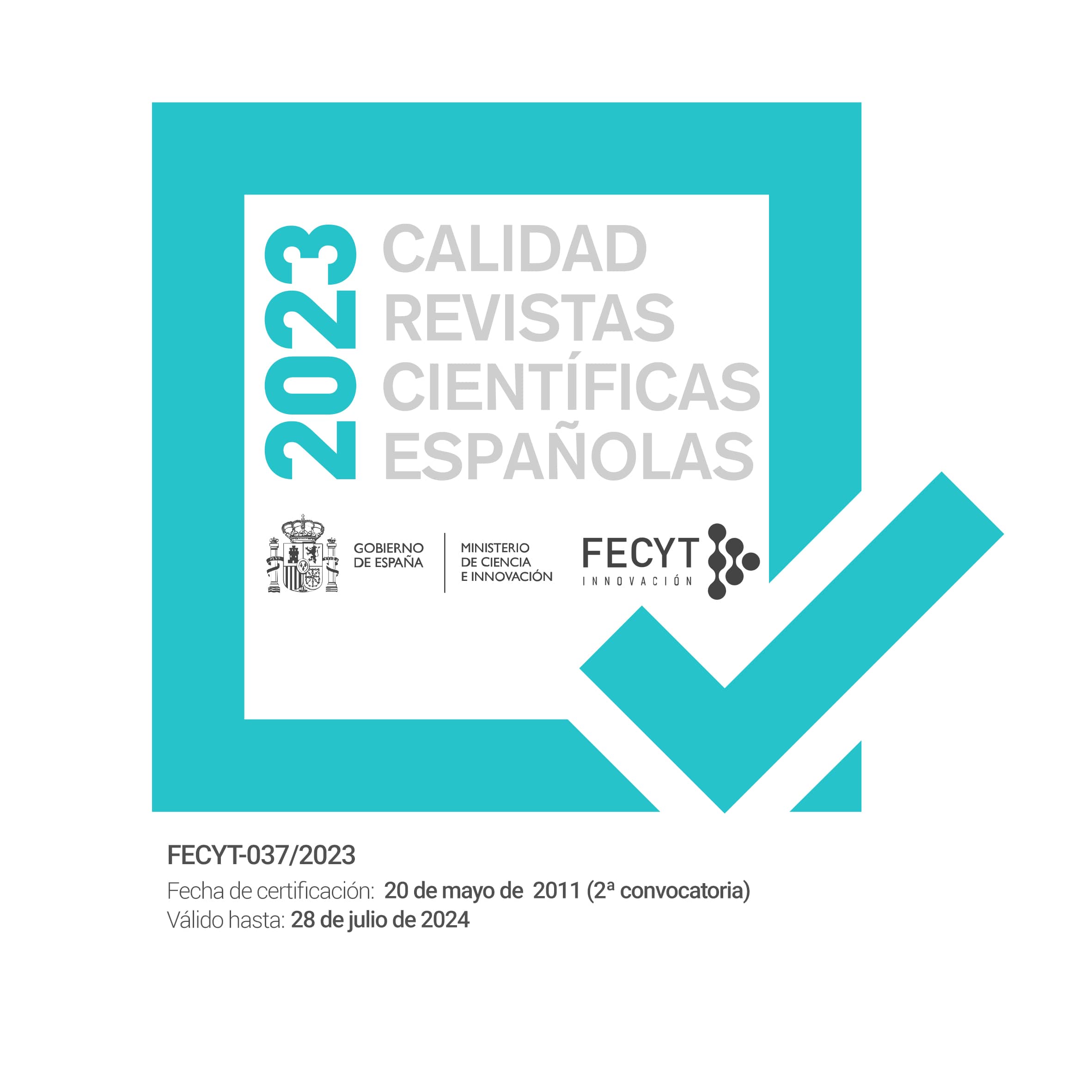The Spanish version of the short multichannel version of the Profile of Nonverbal Sensitivity (MiniPONS).
Abstract
The Spanish version of the MiniPONS (Bänziger, Scherer, Hall y Rosenthal, 2011), the short version multichannel of the Profile of Nonverbal Sensitivity (PONS), is presented. This scale was designed to measure individual differences in the ability to recognize emotions, interpersonal attitudes, and communicative intentions in nonverbal channels. This short multichannel version is composed of 64 items nonverbal audio and/or visual scenes portrayed by a female in black and white color. The main aim of this study was to analyze the psychometric properties of MiniPONS using a large sample of university students (N = 1154) aged 18-60, this study also examined gender and age differences in nonverbal sensitivity. Normative data, reliability and validity were examined in three studies with 168, 254, and 1154 university students. The Spanish version of the MiniPONS has psychometric properties similar to those of the original version, the MiniPONS had moderate internal consistency and test-retest reliability, and shows reasonable convergent validity through significant correlations with other tests of non-verbal emotion recognition ability. Results revealed an advantage of women in all the conditions of stimulus presentation; women not only process more efficiently unisensory nonverbal information (face, body and voice) but may also be better at integrating emotional expressions. We conclude that the MiniPONS Spanish version is an adequate instrument to be used in measure of socio-nonverbal sensitivity. Limitations and potential applications for research are described. : E�F' p�Pr�span>have not been studied for current literature. The aim of this study was to analyse changes in cortical arousal, blood lactate, muscle strength, autonomic modulation and rate of perceived exertion in a simulated urban combat. We analyzed 20 soldiers before and after an urban combat simulation.
The results showed how urban combat produced high sympathetic nervous system activation, increasing the muscle strength, heart rate and blood lactate concentration of the soldiers. Despite this effort, rate of perceived exertion were not consistent with the physiological response that soldiers presented, the rate of perceived exertion was lower than the physiological response evaluated. Furthermore, the information processing and cortical arousal decreased after the urban combat simulation.
These results have showed the psycho-physiological response of soldiers in combat, helping to better understanding and enabling an improvement of current training methods of soldiers.Downloads
The works published in this journal are subject to the following terms:
1. The Publications Service of the University of Murcia (the publisher) retains the property rights (copyright) of published works, and encourages and enables the reuse of the same under the license specified in paragraph 2.
© Servicio de Publicaciones, Universidad de Murcia, 2022
2. The works are published in the online edition of the journal under a Creative Commons Reconocimiento-CompartirIgual 4.0 (legal text). You can copy, use, distribute, transmit and publicly display, provided that: i) you cite the author and the original source of publication (journal, editorial and URL of the work), ii) are not used for commercial purposes, iii ) mentions the existence and specifications of this license.
This work is licensed under a Creative Commons Attribution-ShareAlike 4.0 International License.
3. Conditions of self-archiving. Is allowed and encouraged the authors to disseminate electronically pre-print versions (version before being evaluated and sent to the journal) and / or post-print (version reviewed and accepted for publication) of their works before publication, as it encourages its earliest circulation and diffusion and thus a possible increase in its citation and scope between the academic community. RoMEO Color: Green.















